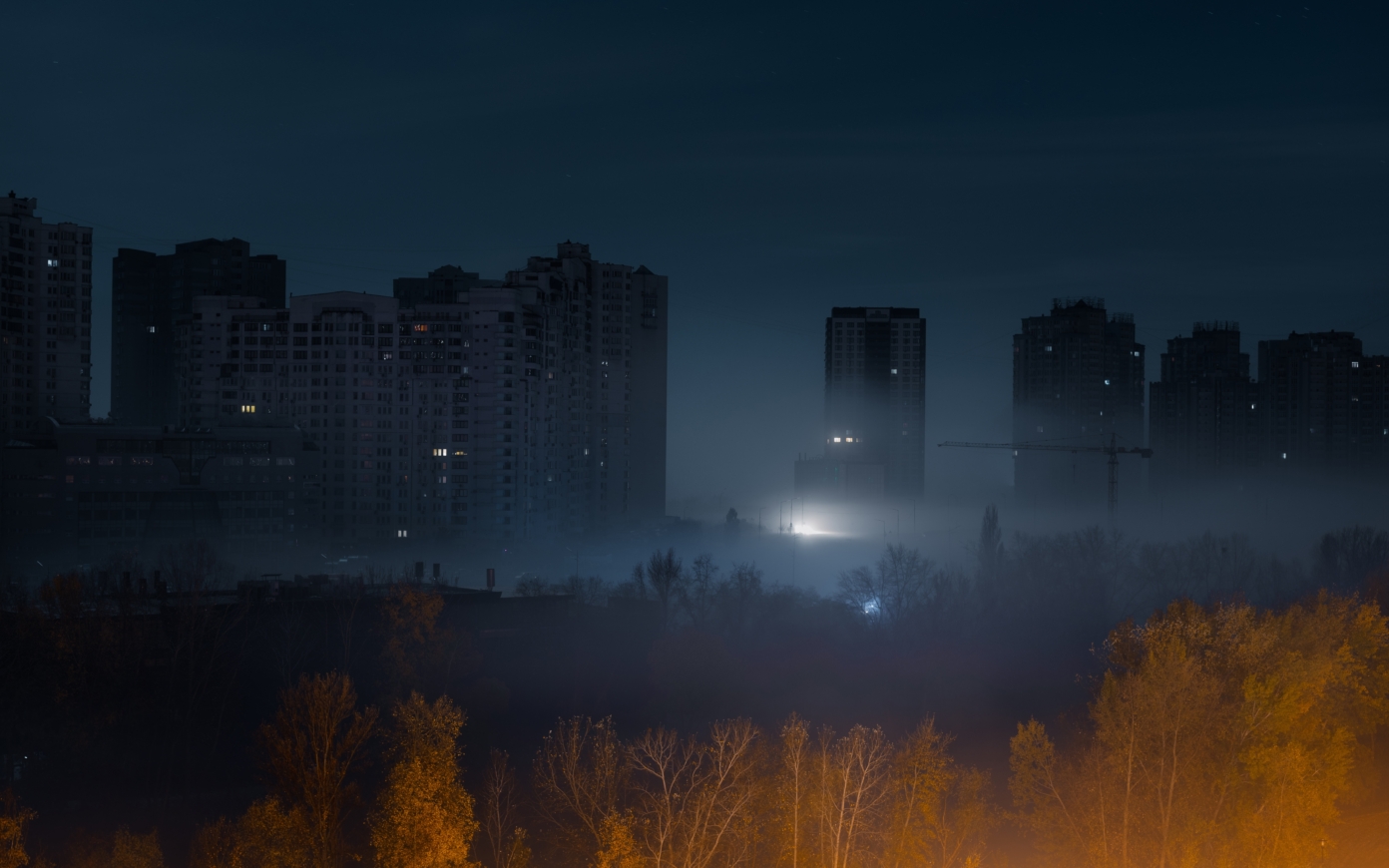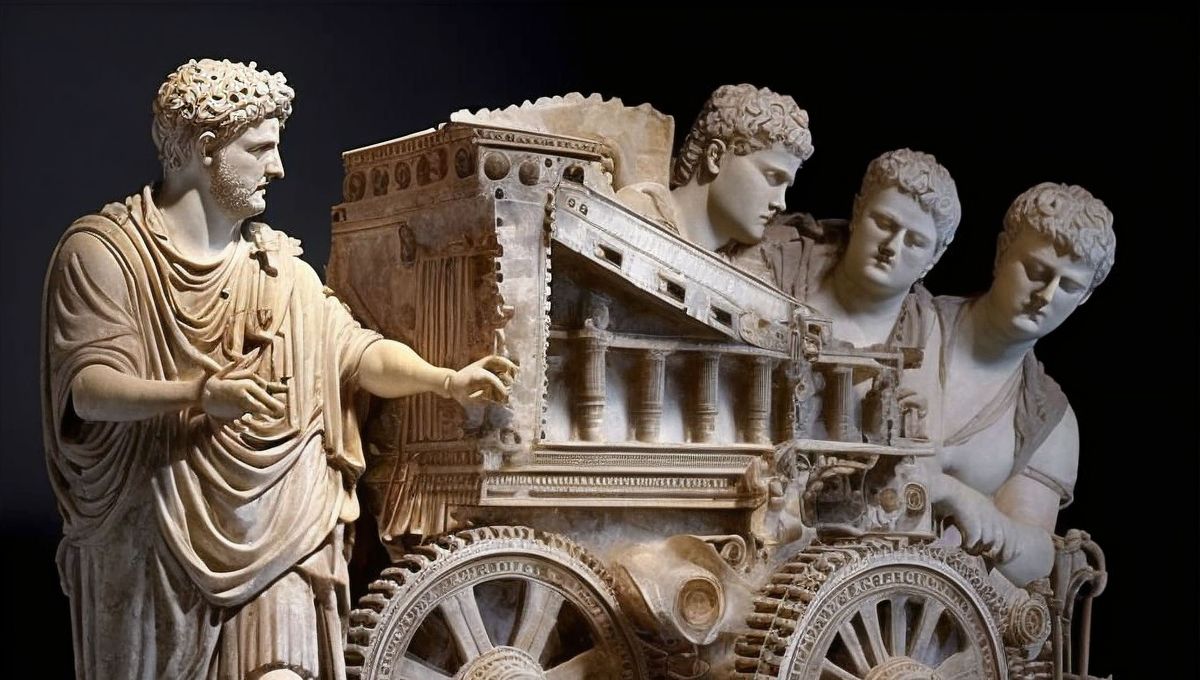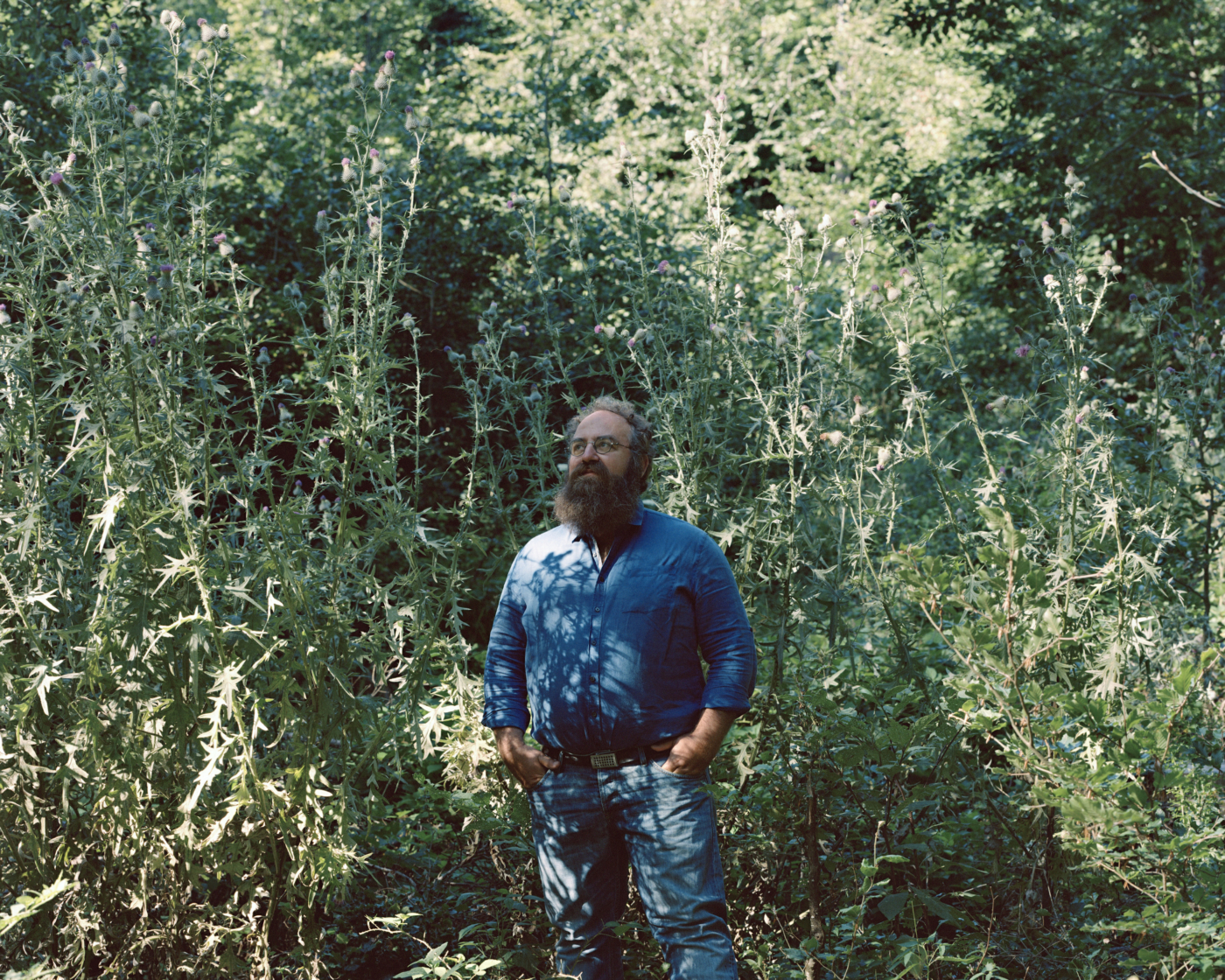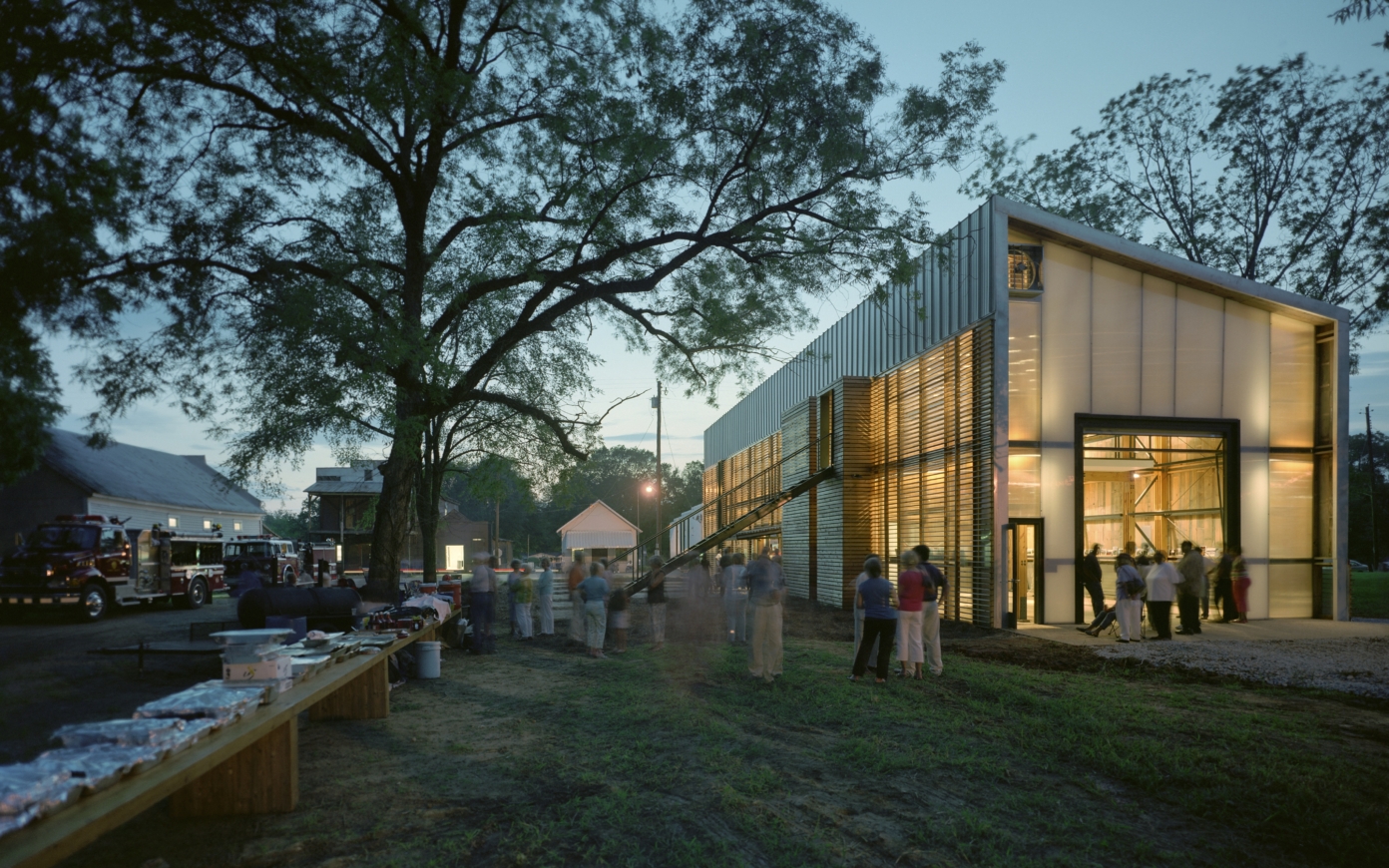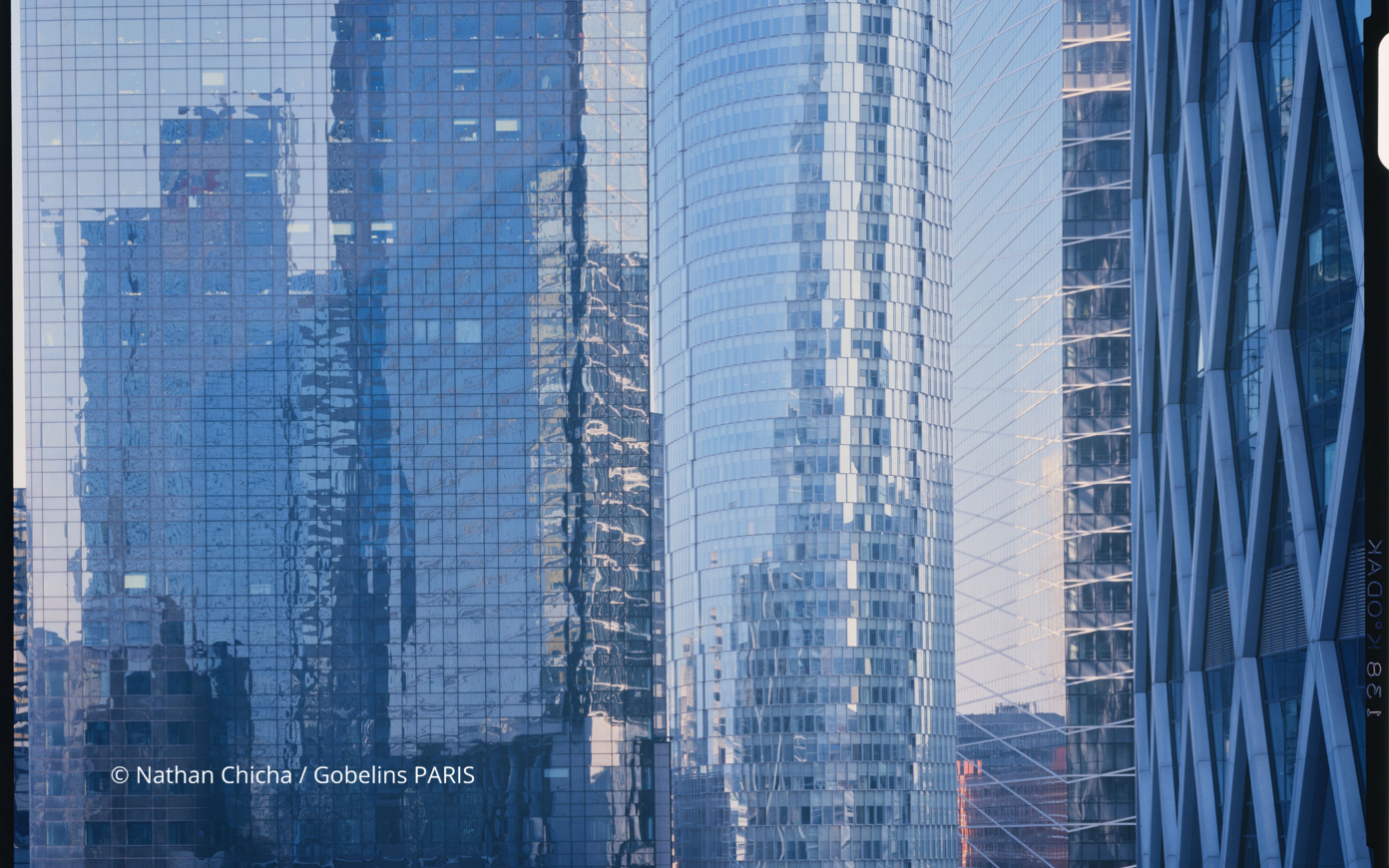Indoor geography
These anecdotes are strong proof of how well our team has adapted to the building. However, our move to the 10th arrondissement (district) does hold the caveat of having broke apart the Village, which is comprised of La maison de la production, La maison du design, and La maison du shoppeur (the Production House, the Design House, and the House of the Shopper), into four different sites, and we recognize the difficultly, to this day, to recreate the dynamic flux between these sites. If the Vélib’Vélib’ is a bike-share system that allows residents across Paris to rent a bike at any number of stations, use it for going anywhere in the city, and then leave it a a different station elsewhere in the city.has replaced for all the Village our fleet of red bikes, which used to be at our disposition at the old site, we unfortunately must note that our particular building has been more privileged since the move than the others, notably concerning work meetings between different houses. A plan to move again is in the course of being studied. It would let us satisfy this lack of equality by uniting the team and would, I am convinced, inspire even more communal innovation.
What spaces within the building complement the lifestyles and needs of employees and allow them to pursue other activities than just work?
The documentation space on the fifth floor initially offered our teams the chance to repose while admiring a sumptuous view of Paris, all while perusing global newspapers and magazines; but this place has lost some of its charm following that our staff has grown quite a bit.
On the other hand, a space that is always busy is our Passage du Désir, which provides an interior-exterior porosity and fuels creativity in the heart of the agency. This space, created in 2003 on the ground floor, takes its name from the paved alley adjoining our building. Over seven hundred square meters, it is a lively space, open to the Boulevard de Strasbourg, where exhibitors are allowed to adapt our space at leisure. Our staff finds volunteers for this, being in direct contact, due to the nature of our work, with the artistic and cultural world, and also the population of the neighborhood. It aims at departing from the insular universe of the “classic” artistic disciplines by encouraging the crossbreeding of forms of expression. It is also to serve as a welcome across cultures, for example with the exposition Americaland by Alex MacLeanAlex MacLean, Americaland: Based in Lincoln, Massachusetts in the US, Alex MacLean is a pilot and photographer who studies the American cultural and built landscape through his stunning aerial images.and the works of Portuguese artist Joana VasconcelosJoana Vasconcelos, born in Paris and currently living in Lisbon, is an artist known for her site-specific art interventions., and the site of a very popular annual event, the Grande Braderie de la ModeGrande Braderie de la Mode, is an annual event held at Passage du Désir for the benefit of AIDs research—offering the wares and prototypes from over 150 high fashion lines at steep discounts.
How does the trinity “creatives-producers-marketers” dividing the functions of BETC reflect into a specific spatial organization?
What is particular about this agency is that our collaborators are often experts in a particular domain like marketing strategy, creative work, or production—corresponding to the source model that originated the creation of the agency.This is why we are so concerned with maintaining these three poles that produce BETC’s strength. Under this scheme, our clients learn without a doubt of our resources in expertise, “strategy,” which leads to our “creation,” in conjunction with “production,” a veritable war machine. But behind this axiom and this organization is ultimately our desire to realize the optimal final product—to which ends it works perfectly—something to which the client can attest. The five levels, composed of alternating plateaus and mezzanines, permit a relief from the model of vast open space typical to service employees. The floors are grouped two by two, superimposing marketers and creative workers. If this zoning is proven to be successful, the con- temporary question of digital modifies this semi-perfect landscape at its roots. The digital, at the same time a “channel” and a “creative arm,” bears the question of how to digitize all the structures of the Village. This is a real daily challenge, promising for the future yet another avenue by which we can make our model of work better than ever.




